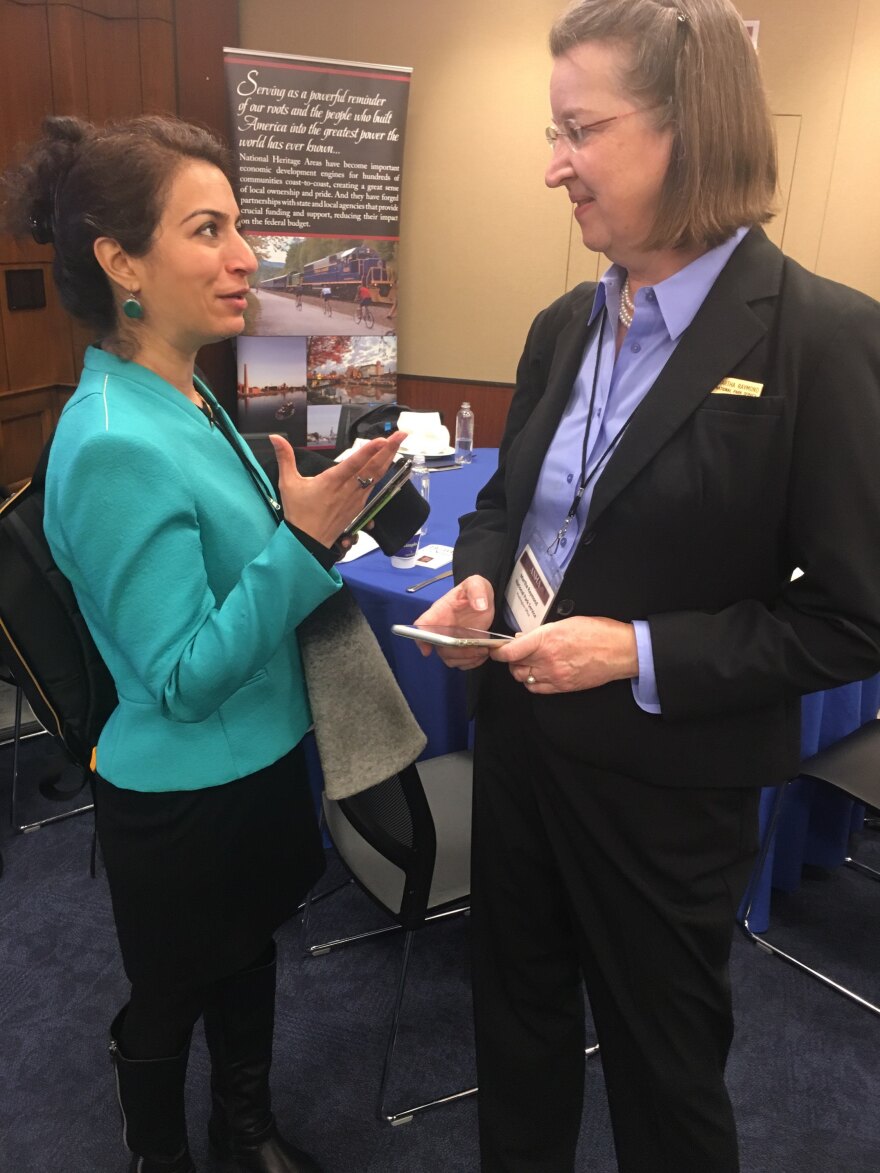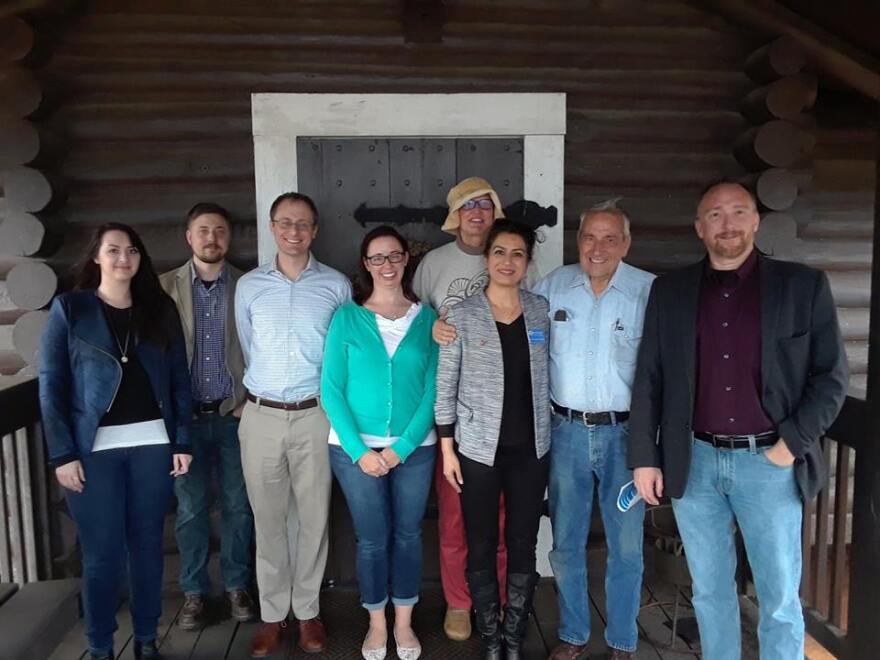Plans are moving forward to designate a portion of the Florida Panhandle as a National Heritage Area.
National Heritage Areas (NHA) are places where “historic, cultural, and natural resources combine to form cohesive, nationally important landscapes,” according to the National Parks Service. An NHA is designated by Congress. There are 49 throughout the United States and the closest involves coastal Mississippi.
Sorna Khakzad, research associate and faculty member at UWF’s Askew Center for Multidisciplinary Studies, and Mike Thomin, museum manager and research associate at Destination Archaeology Resource Center are working to make Florida No. 50.
The past two and a half years, Khakzad and Thomin have been researching the area and gathering public input at meetings all over the panhandle. On March 6, they will be giving their presentation at the Apalachicola National Estuarine Research Reserve.
Last week Khakzad visited Washington, D.C. to attend the Alliance of National Heritage Areas and to discuss the Florida Panhandle project with staff at the offices of Senators Marco Rubio and Rick Scott and Representatives Matt Gaetz and Neal Dunn.
“I’m very optimistic with the feedback I got from the Alliance and the meeting with the Director of NHA,” said Khakzad. “They were appreciative of our efforts. They also encouraged us to continue, so that tells me we’re on the right path."
There are 10 criteria that need to be done before they go before the National Parks Service. Getting support is one of them.

“We’ve received about 40 letters of support from city halls, museums, state parks, and tourism agencies,” Khakzad said. “The biggest (letter of support) was from the Florida Historical Commission — that’s our gold letter.”
Possibly one of the hardest parts of the NHA designation is deciding what areas will be included. The boundaries lines have not yet been written in stone, but rather “tightened,” said Thomin.
“We’ve got a more clearly defined boundary, of course, that can change depending on the support we get from different communities,” he added. “We’re looking, currently, from Escambia County, Perdido River area and going all the way to Wakulla (County) and then to the north, Gadsden (County) and then the state line. So that’s 14 counties we’re looking at right now. That’s our best case scenario.”
An NHA can receive annual funding from the federal government, not to mention technical support from the National Parks Service, which means any included areas can benefit from the designation. Khakzad said they are already working with areas to provide training, and after Hurricane Michael, they connected volunteers with historical sites that needed help.
“Even though we are not yet a National Heritage Area yet, we are trying to act as one and show the benefits of being a harmonized entity,” Khakzad said. “The goal is to help each other through collaborative efforts.”
The hurricane also helped establish an underlying story for the potential NHA.
“Hurricanes are not new to our area, sort of the theme for this area is the resiliency, coming through to the other side of these tragedies. Kind of rebuilding and making something new out of it,” Thomin said.

From an economic standpoint, the branding of an NHA is another way to promote tourism to the area. According to a 2012 study, NHAs generate about $12.9 billion annually to the U.S. and support around 148,000 jobs. Khakzad said they are also discussing ways to use NHA funding to plan for future hurricane impacts and mitigate potential threats.
Shipwrecks are also being considered as part of the Panhandle NHA. USS Oriskany, just 22 miles of south of Pensacola, is one of the largest artificial reef systems in the world, for example.
“Shipwrecks will be a big component of our maritime aspect of this region,” Thomin said.
Working alongside Thomin and Khakzad is a team of grad students and interns. Deneale Miller is a grad student at UWF earning her master’s degree in environmental science. She’s been working on the NHA project developing (geographic information system) GIS maps. To Miller, it’s a little more than a grad school project. It’s about making a lasting impact.
“Preserving our natural habitat and species in the area…I think it’s imperative we do something now so it’s all still here in the next 50 years,” Miller said. “It’s really great to do something that might last longer than me.”
To learn more about the Florida Panhandle National Heritage Area, visit facebook.com/FloridaPanhandleNHA/



